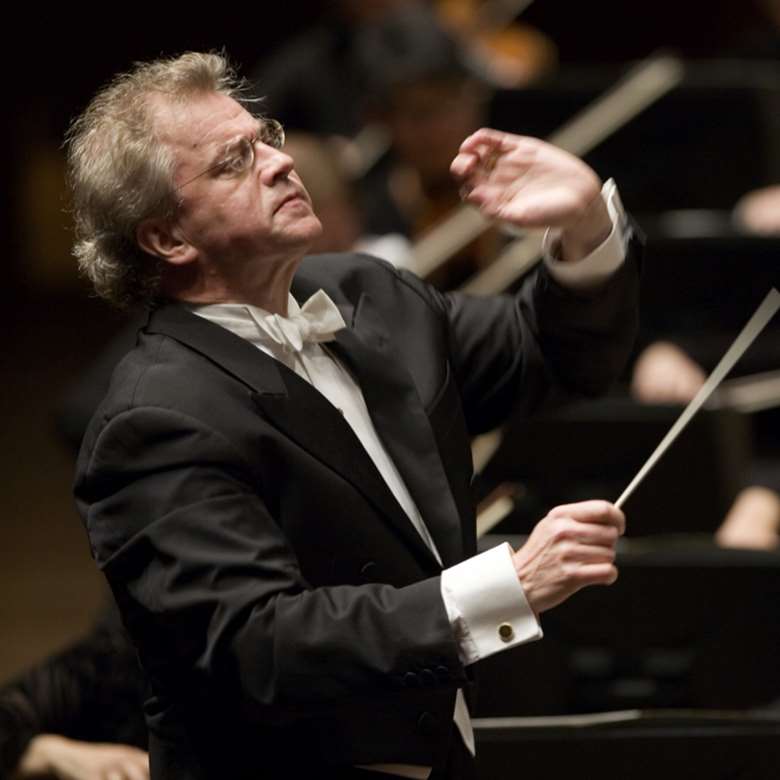Inside Sibelius's Fourth Symphony, with Osmo Vänskä
Andrew Mellor
Thursday, March 25, 2021
Andrew Mellor talks to the Finn about his second recording of Sibelius’s Fourth

Register now to continue reading
Thanks for exploring the Gramophone website. Sign up for a free account today to enjoy the following benefits:
- Free access to 3 subscriber-only articles per month
- Unlimited access to our news, podcasts and awards pages
- Free weekly email newsletter








